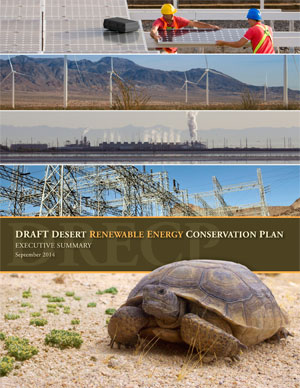State regulators, coal companies and utility lobbies continually refer to the EPA’s determination in the year 2000 that Coal Ash be regulated under Subtitle D as non-hazardous “…at this time…” They fail to mention that in their press release the EPA warned that, “EPA believes states and industry should adopt a safer approach…” and “If the states and industry do not take steps to address these wastes adequately in a reasonable amount of time or if EPA identifies additional risks to public health, EPA will revisit this decision to determine whether a hazardous (Subtitle C) approach is needed.”
Among the groups protesting this latest assault on clean air by maintaining the status quo is Earthjustice, Environmental Integrity Project and the Sierra Club (among many more.) They have developed a fact sheet that debunks six key myths being perpetuated by the coal industry.
A sample of the reasoning of the pro-coal lobby goes as follows, excerpts from a letter prepared by Republican lawmakers (Boucher and Upton) defending the lack of tighter regulations on coal ash:
Within the United States, approximately 136 million tons of CCRs are produced annually. Currently around 44 percent of these tons are recycled into some form of beneficial use such as road construction materials or wall board. The recycling of these materials has well established environmental and economic benefits. The manufacture of these recycled materials employs approximately 4,000 American workers, and the products are less costly than if they had to be manufactured without the benefit of recycled components.
Now, ten years later, the number of EPA “damage cases” has increased ten-fold from 6 to 71. Privately funded studies have added more than 70 more potential damage sites. Eighty percent of disposal sites that are investigated show evidence of damage. Over 1,000 sites have not been investigated. Dozens of families report illnesses. Farm animals have died from drinking contaminated water. Several cattle in Ohio have died of cancer! (You can see a YouTube video of the damage be clicking here.)
Furthermore, a 2005 EPA report found that the great majority of coal ash produced in the top 25 coal-consuming states is allowed to be disposed into ground water tables, the most dangerous type of disposal. In 2006, the EPA and Department of Energy jointly published a report revealing that 30% of total net disposable coal ash is potentially totally exempt from solid waste permitting requirements. EPA’s 2010 risk assessment found the cancer risk from drinking water contaminated with arsenic from coal ash disposed in unlined ponds is as high as 1 in 50 adults, which is 2,000 times EPA’s regulatory goal for acceptable cancer risk.
Clearly, state regulators and industry have failed to “adopt a safer approach.”
The Environmental Integrity Project (EIP) also announced in late May that it was taking legal action against the Seward Generating Station, a Western PA waste-coal-burning power plant for over 12,000 violations of environmental laws, including discharges of toxic coal ash pollutants. EIP, along with the National Environmental Law Center (NELC), is representing four environmental groups – Citizens for Pennsylvania’s Future (PennFuture), Defenders of Wildlife, PennEnvironment, and Sierra Club – in this action.
This is but one example of how polluting, traditional power sources are subsidized by government. All energy soruces receive some sort of subsidy, many of them going back decades. A new study reports that the subsidies afforded to traditional fuels are twelve times higher than those afforded clean, renewable technologies — technologies that the media continually portrays as being “too expensive!” In fact, a new “clean coal” project just recieved $1 billion in federal subsidies. Meanwhile, wind installations dropped by 71% in the U.S. during the first six months of the year when compared to last year’s record breaking total — with no clear cut federal energy bill promoting wind and other renewables within sight.


